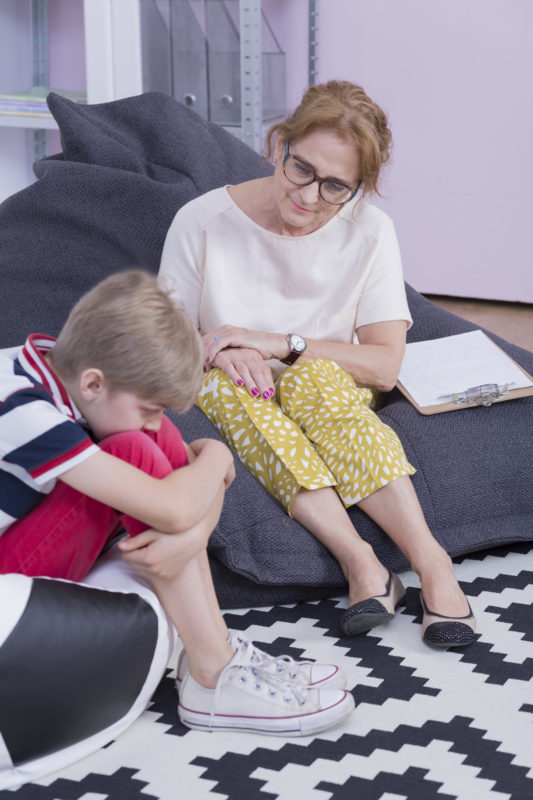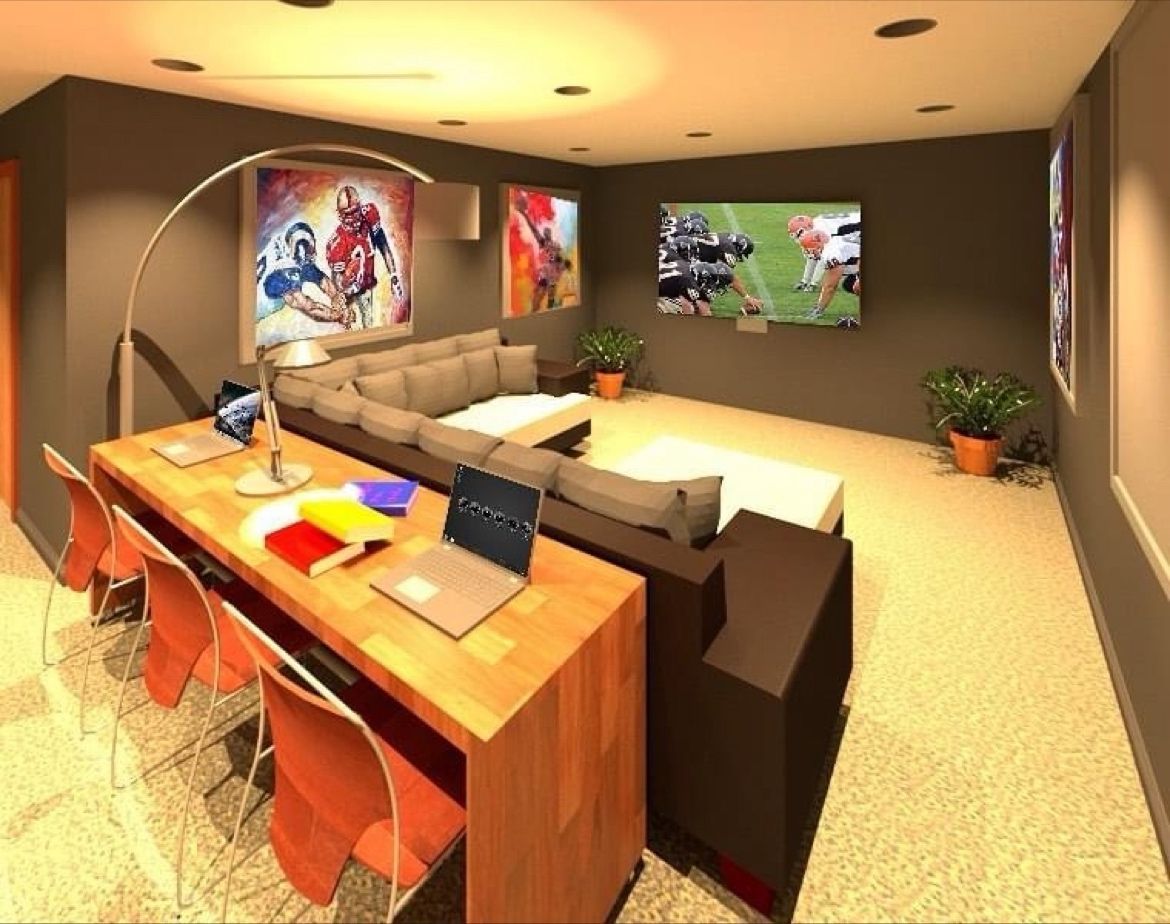
Words to live by.
May 4, 2017
What is Active Learning?
August 4, 2017Raising a child with an unnoticeable disability can be very heartbreaking and challenging at the same time. To try and explain how your child is feeling and the reason for his/her actions and reactions to the general public is very upsetting. People look at your child and when they don’t see any “obvious” physical disabilities, they just assume that the child engages in bad behavior. As these unnoticeable disabilities becoming more common and schools are faced with addressing these disabilities in the classroom and in the entire school environment, solutions are critical but not always immediate or easy to find.
One of the biggest issues that I had with my son when he began Kindergarten was managing his aggression in the classroom. Time-outs didn’t work and only escalated the negative behavior and he became very disruptive in his class. At one point, the school began calling me on a continuous basis to inform me of his disruptive behavior and the consequences they were offering didn’t seem fair when dealing with a child with a disability.
I decided to be the advocate for my son and set up a meeting with his counselors, principal and teachers to discuss options for dealing with the disruptions. I offered several options, and the idea that we all agreed on was to create a peace corner within the classroom.
I’m sure you’re wondering…what is a peace corner? Well, it is an area within a classroom where children can feel safe and at ease. It gives the child time to resolve issues he/she may be experiencing. In my son’s classroom, the space consists of a lounge chair, floor pillows, a nice fuzzy rug, small fish tank, and a small table with a plant. Not only did my son gravitate to the space but other children in his class were also drawn to the new area and found it to be a relaxing, safe haven to solve their conflicts and calm their anxiety. Children were encouraged to bring in photos of their family that could be displayed in the space to foster feelings of peace and happiness while experiencing difficulties.
This is just one idea that can help children with disabilities cope in an overly stimulated environment. For more ideas or solutions like these, please contact us at info@maraye.com






